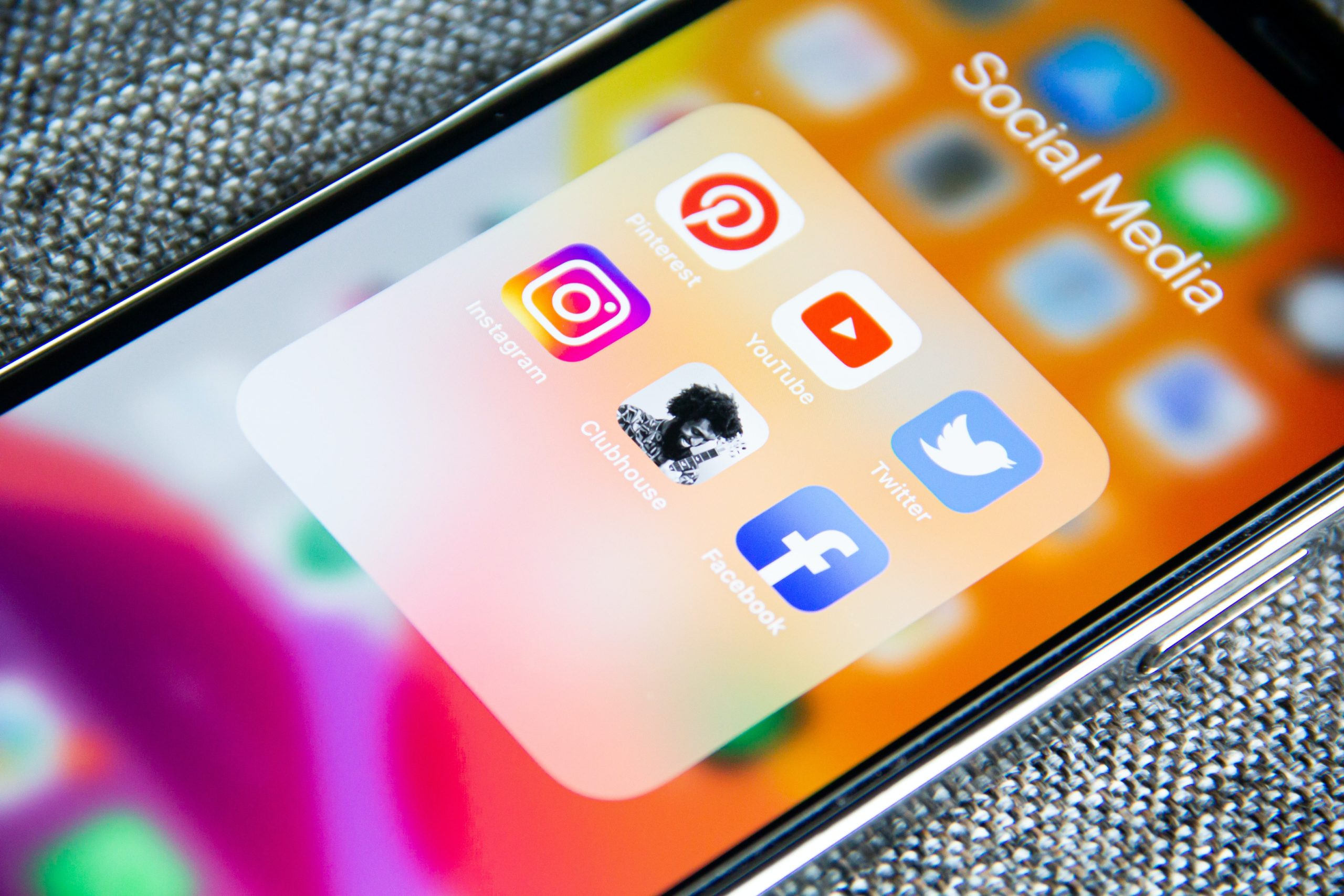
Online Content Consumption in the Digital Age
I recently checked my friend’s son’s screen time analytics on his tablet. He’s spending an average of seven and a half hours a day on his phone; and to be honest, he’s not alone.
Since the start of the Covid-19 pandemic, daily online content consumption around the globe has increased dramatically. DoubleVerify, a leading software platform for digital media measurement published a report called, “Four fundamental shifts in media and advertising during 2020”,stating that the consumption of online content has doubled on average from 3 hours 17 minutes to 6 hours 59 minutes. Another interesting thing is that the most significant increases are across social media. According to this study, 48% equivalent to half of the consumers increasing time on social platforms.

This groundbreaking study shows the impact that device types, developing news cycles and new advertising techniques have had on viewers and consumers’ engagement with online brand promotions.
In a recent interview, Mark Zagorski CEO of DoubleVerify said that, “This study highlights how transformative 2020 have been for advertisers. From the doubling in digital content consumption to the perils of navigating ever more dominant fake news, these shifts highlight the critical challenges brands face in upcoming years.”
As most of the increasing digital content is free, the advertisers pay the bills. But there is a catch, according to the report mentioned above, “55% of the respondents said they would be less likely or would never consume a brand if its promotion appears beside any fake or false news. “It becomes more challenging for advertisers to select the best option and platforms to advertise their business.
Among all other social sites, YouTube has seen the greatest interest, with almost 43% of consumers spending more time than ever before. Meanwhile, new social giant TikTok is not far behind. This platform is being taking by storm across the age group of 18 to 24 years old.
This study highlights consumers’ openness to contextually-relevant ads and the importance of trusted news during these challenging times,” said Dan Slivjanovski, CMO at DoubleVerify.
From the quick observations, the doubling of screen time certainly is not a good thing for us or society. With increasing hours spent on the digital world, the risk of spreading fake and hateful news is gradually increasing.
However, it seems better for tech giants like Facebook, Twitter, and YouTube to work closely with the governments of different countries to minimize the risk of spreading fake news using these platforms. Likewise, special instruction and education must be given to the parents to make sure they manage how much time kids spend on the internet.

